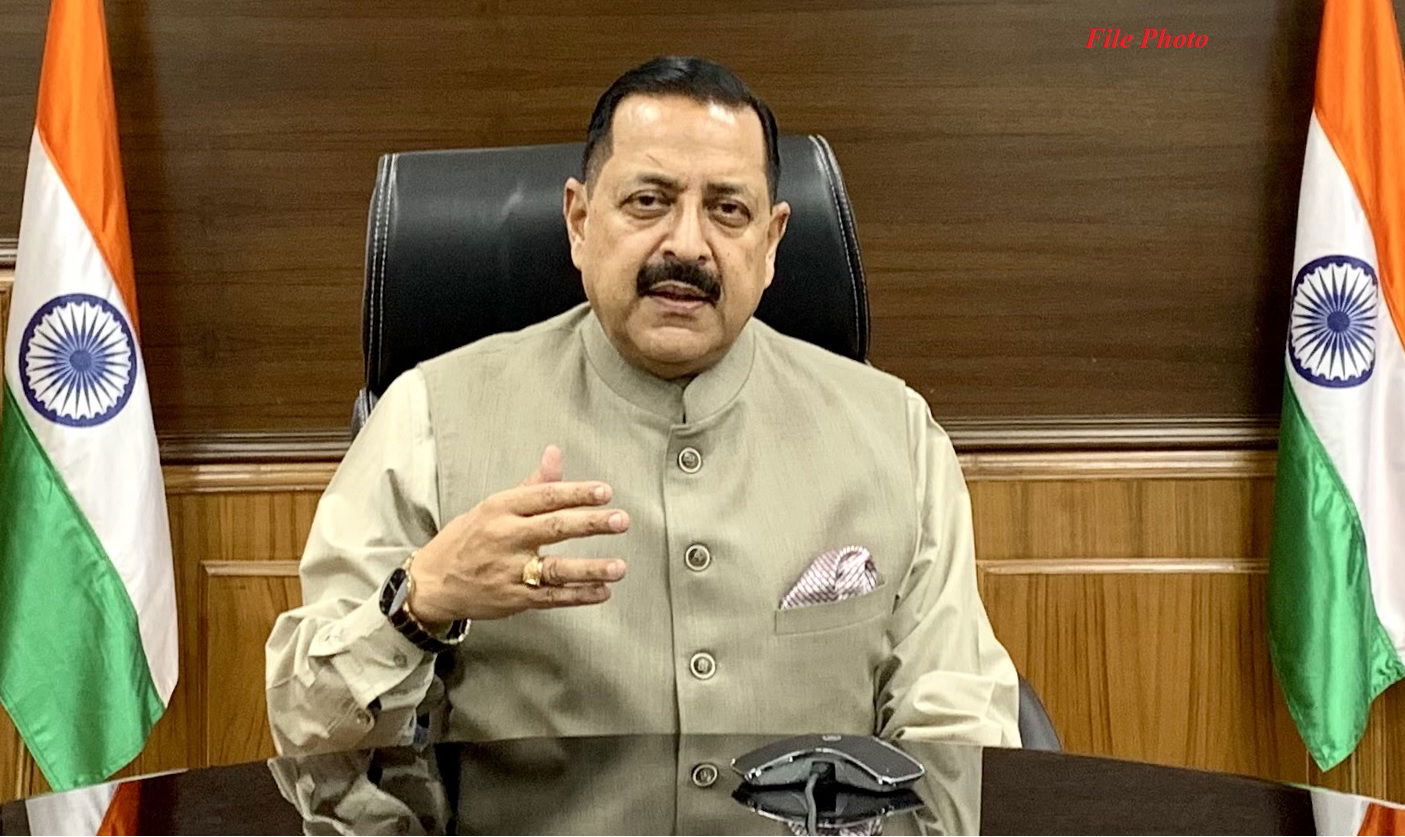BharatGen AI to support all 22 scheduled Indian languages by June 2026: Minister

BharatGen AI initiative to cover all 22 scheduled Indian languages by June 2026
Context:
The Government of India, through its BharatGen AI initiative, aims to expand support to all 22 scheduled Indian languages by June 2026, as informed by Minister of State for Science and Technology and Earth Sciences, Dr. Jitendra Singh, in a written reply to the Lok Sabha.
Key Highlights
- Current Coverage: BharatGen presently supports nine Indian languages — Hindi, Marathi, Tamil, Malayalam, Bengali, Punjabi, Gujarati, Telugu, and Kannada.
- Expansion Plan: By December 2025, the initiative will include 15 languages, adding Assamese, Maithili, Nepali, Odia, Sanskrit, Sindhi, among others, with full coverage of all 22 scheduled languages by June 2026.
- Scope and Applications: BharatGen spans foundational AI models in text, speech, and vision-language systems, with pilot projects in agriculture, governance, and defence sectors.
- Implementation: The programme is executed under the National Mission on Interdisciplinary Cyber-Physical Systems (NM-ICPS) of the Department of Science and Technology, with IIT Bombay’s Technology Innovation Hub (TIH) leading development, partnerships, and infrastructure.
- Deployment Status: Currently in pilot phase, not yet publicly available, with plans for nationwide rollout benefiting rural and semi-urban populations.
- Government Vision: BharatGen aims to develop ethical, inclusive, multilingual AI deeply embedded in Indian cultural values, enhancing India’s AI sovereignty.
- Collaborations: Possible expansion through partnerships with research institutions in Karnataka is being considered to broaden reach and applications.
Analysis
- Promotion of Linguistic Diversity: BharatGen’s focus on all scheduled Indian languages aligns with the constitutional recognition of India’s linguistic plurality (Eighth Schedule). It addresses the digital divide by making AI accessible in regional languages.
- Technology for Inclusive Development: By extending AI solutions to rural and semi-urban areas, BharatGen can enhance governance, agriculture productivity, and security, contributing to socio-economic development.
- AI Sovereignty: Developing indigenous foundational models reduces dependence on foreign technology and data, supporting India’s push for technological self-reliance under initiatives like ‘Atmanirbhar Bharat’.
- Ethical and Cultural Embedding: Emphasizing Indian ethos and values in AI systems counters biases and aligns technology with social realities and cultural nuances.
- Challenges Ahead: Effective data collection in diverse languages, ensuring quality and ethical standards, infrastructure readiness in rural areas, and addressing privacy and security concerns remain critical for success.
- Strategic Importance: The involvement of premier institutions like IIT Bombay enhances research quality and fosters academia-industry-government collaboration.
Conclusion
BharatGen represents a landmark effort in India’s AI ecosystem to create inclusive, multilingual, and culturally rooted AI technologies. Its successful implementation can bridge language barriers, democratize technology access, and strengthen India’s position in global AI innovation.
BharatGen AI Artificial Intelligence Indian Languages Scheduled Languages Multilingual AI Atmanirbhar Bharat AI Sovereignty Digital India NM-ICPS IIT Bombay Technology Innovation Hub Rural Development Inclusive Technology AI Ethics AI in Agriculture AI in Governance AI in Defence Language Technology AI Policy UPSC BPSC MPPSC UPPSC SSC CGL Civil Services